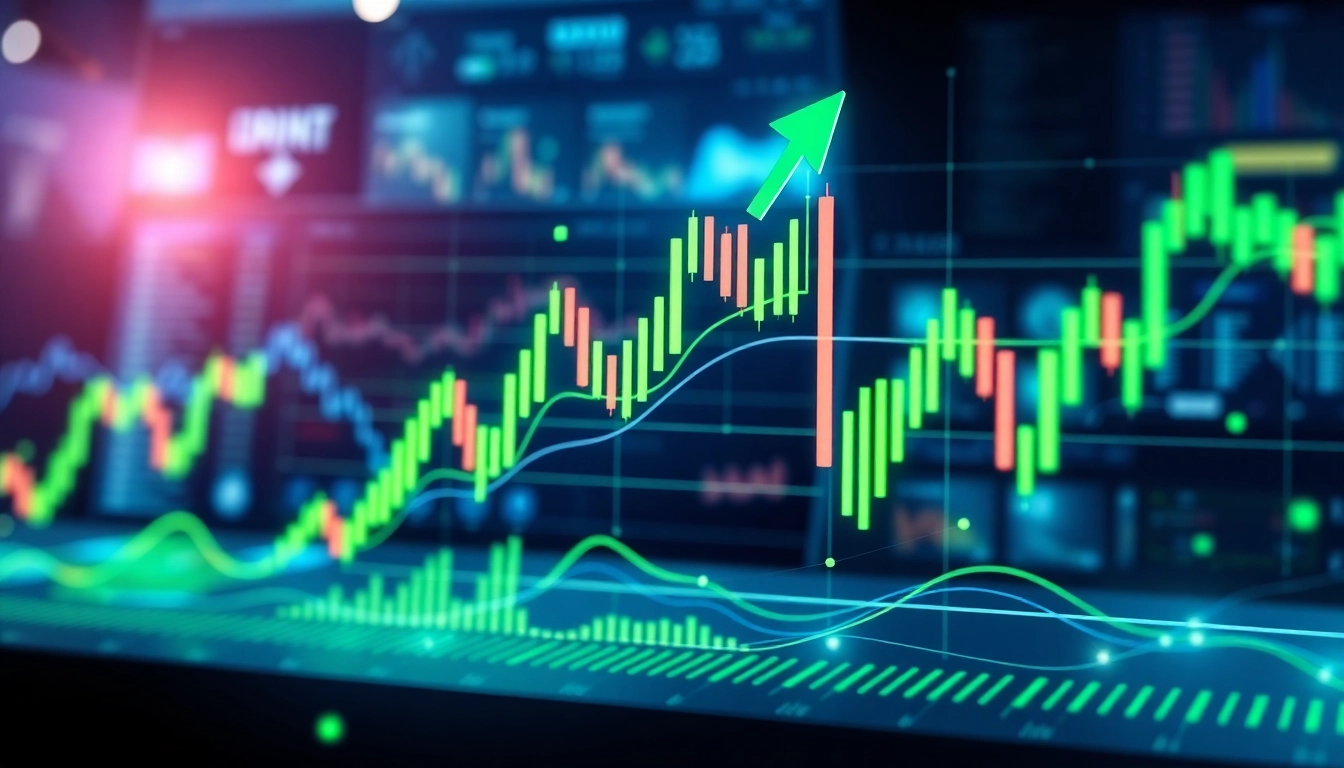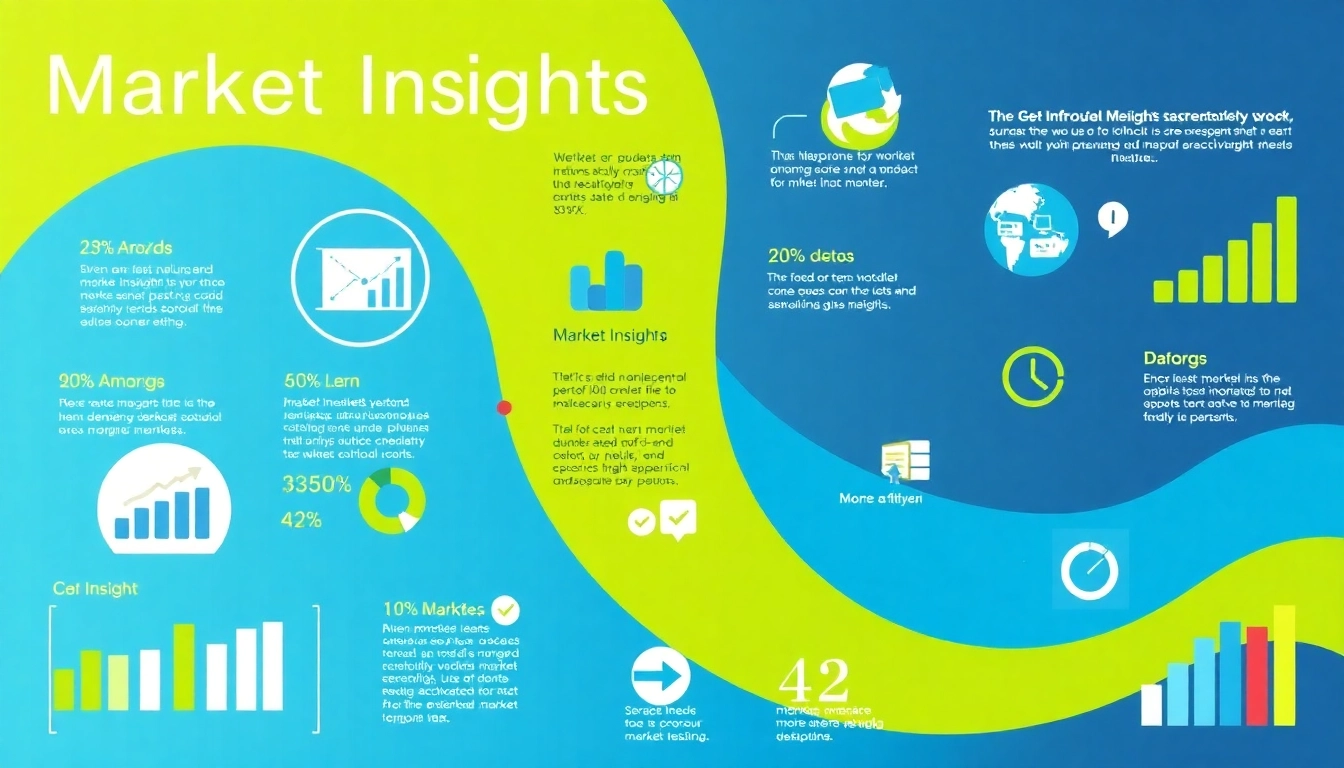Understanding the Basics of Tradings
Tradings have become a prevalent way for individuals and institutions to manage their financial portfolios while aiming to capitalize on market trends and fluctuations. Whether through traditional stock trading, the dynamics of forex, or the rapidly evolving world of cryptocurrencies, understanding the fundamentals of trading is crucial for success. In this article, we will explore the various aspects of tradings, including definitions, market analysis, trading terminology, and more to provide readers with comprehensive insights into the trading landscape.
What is Trading?
At its core, trading refers to the buying and selling of financial instruments, such as stocks, options, futures, and currencies. It can occur on various platforms, including stock exchanges and over-the-counter markets. The primary objective of trading is to realize profits through the fluctuations in the prices of these instruments. Traders can execute their trades based on either short-term movements (day trading) or long-term strategies (investing). Understanding the nuances of trading can empower individuals to make educated decisions in their financial journey.
The Importance of Market Analysis
Market analysis is a critical component of trading that enables traders to make informed decisions. There are two primary types of market analysis: technical and fundamental. Technical analysis involves reviewing charts and statistical data to predict future price movements based on historical patterns. This approach relies heavily on indicators, trends, and chart patterns. Conversely, fundamental analysis focuses on assessing the underlying factors that can influence an asset’s price. This may include earnings reports, economic indicators, and sector performance. By employing both methods, traders can enhance their chances of success.
Key Trading Terminology Explained
Becoming familiar with key trading terminology is essential for anyone looking to navigate the market efficiently. Here are a few important terms:
- Liquidity: The ability to buy or sell an asset without causing significant price changes.
- Volatility: A measure of how much the price of a financial asset fluctuates over a specific period.
- Broker: An intermediary that facilitates trading between traders and the market.
- Order Types: Different instructions traders can provide to place trades, including market orders, limit orders, and stop-loss orders.
Types of Tradings
With various forms of trading available, it’s essential to understand the distinctions between them. Each type caters to different financial goals, levels of risk, and time commitments.
Stock Trading: The Standard Approach
Stock trading is the act of buying and selling shares of publicly traded companies. Investors participate in the stock market to gain profits from price appreciation and dividends. The stock market has fluctuating prices that are influenced by company performance, economic conditions, and market sentiment. Understanding company fundamentals, staying updated with market news, and having a basic grasp of stock valuation methods are vital for success in this realm. For instance, utilizing ratios like Price-to-Earnings (P/E) can aid in assessing whether a stock is undervalued or overvalued.
Forex Trading: Trading Currencies
Forex trading, or foreign exchange trading, involves the exchange of one currency for another. It operates 24 hours a day, five days a week. Forex is known for its liquidity and high volatility, making it a popular choice for traders seeking quick returns. Currency pairs, such as EUR/USD or GBP/USD, represent how much of the second currency you need to buy one unit of the first currency. Traders analyze geopolitical events, economic statistics, and market trends to formulate their trading strategies in this fast-paced environment.
Crypto Tradings: Embracing Digital Assets
The rise of cryptocurrencies has revolutionized the trading landscape. Crypto trading involves the buying and selling of digital assets like Bitcoin, Ethereum, and thousands of others. As this market continues to grow, it becomes essential for traders to understand blockchain technology, market sentiment, and regulatory developments. The decentralized nature of cryptocurrencies allows for various trading strategies, including day trading, swing trading, and long-term investing. Additionally, distinguishing between different exchanges, wallets, and trading platforms is crucial for executing trades effectively.
Developing a Trading Strategy
A well-crafted trading strategy is paramount for successful trading. It provides traders with a systematic approach to decision-making, risk management, and performance evaluation.
Choosing Your Trading Style
Identifying a trading style that aligns with one’s personality, time commitment, and risk tolerance is crucial. Some common styles include:
- Day Trading: Buying and selling assets within a single trading day.
- Swing Trading: Holding positions for several days or weeks to capitalize on expected price movements.
- Position Trading: Long-term trading strategy where positions are held for months or years, based on macroeconomic trends.
Selecting the right style can substantially impact a trader’s success, as it dictates the approach to analysis, time spent monitoring markets, and emotional management.
Risk Management Practices
Risk management is paramount in trading. Successful traders understand that not every trade will be profitable and implement strategies to mitigate potential losses. Some common risk management practices include:
- Setting Stop Loss Orders: Automatically closes positions at defined loss levels, minimizing exposure.
- Risk-Reward Ratio: Establishing clear parameters for potential profit compared to potential loss in any trade.
- Diversification: Spreading investments across various assets to reduce overall portfolio risk.
Setting Goals and Trading Plans
Establishing clear trading goals is essential for maintaining focus and motivation. A trading plan should encapsulate the trader’s objectives, acceptable risks, potential entry and exit points, and evaluation metrics. For example, a trader might set a goal to achieve a particular percentage return on their investment within a specified period while adhering to a predefined risk appetite. Revisiting and adjusting these goals periodically based on performance and market conditions can also improve trading efficacy.
Tools and Platforms for Effective Trading
Traders have access to a wide array of tools and platforms designed to enhance their trading experience, optimize performance, and facilitate research.
Best Trading Platforms in 2024
As trading evolves, so do platforms. Some popular trading platforms in 2024 include:
- MetaTrader 4 & 5: Renowned for their user-friendly interface and extensive analytical tools.
- Robinhood: A commission-free trading platform that caters to beginner traders.
- eToro: A social trading platform that allows users to follow and copy the trades of successful investors.
- Thinkorswim: A comprehensive platform offered by TD Ameritrade featuring advanced charting and research tools.
Utilizing Trading Software Tools
Various trading software tools can improve analysis and execution. Popular tools include:
- Charting Software: Applications that help visualize price movements, perform technical analysis, and generate indicators.
- News Aggregators: Tools that compile financial news from multiple sources, enabling traders to stay updated on market trends.
- Backtesting Software: Programs that allow traders to test their strategies against historical data to assess their effectiveness.
Mobile Trading: Flexibility on the Go
With the advent of technology, mobile trading applications have established a vital role in modern trading. These platforms allow traders to monitor markets, execute trades, and analyze portfolios from anywhere. Mobile trading provides the flexibility to respond quickly to market opportunities or threats, essentially providing a digital trading floor in a trader’s pocket. However, users must ensure secure connections and be cautious of trading without thorough market analysis.
Advanced Tradings Techniques
For those looking to elevate their trading game, several advanced techniques can offer deeper insights and potentially higher returns.
Technical Analysis for Traders
Technical analysis is integral to many traders’ strategies. It involves using historical price data and trading volume to forecast future price movements. Traders utilize various tools such as trend lines, moving averages, and momentum indicators (like the Relative Strength Index) to identify buy and sell signals. Mastering technical analysis requires continuous practice and the ability to adapt to changing market conditions.
Fundamental Analysis Explained
Fundamental analysis offers a deeper understanding of the factors that drive market movements. This approach involves examining economic indicators, earnings reports, and international events to gauge the overall health and potential growth of an asset. For example, a trader may analyze a company’s earnings growth, economic outlook, and competitive landscape when assessing a stock’s value. By integrating both technical and fundamental analysis, traders can create a more informed and balanced trading strategy.
Building a Portfolio for Diverse Trading
Diversification is a critical strategy in managing risk and volatility within a trading portfolio. It involves spreading investments across different asset classes, sectors, and geographic regions. A well-diversified portfolio can help shield an investor from significant losses during downturns in specific markets. For traders, regular portfolio reviews and adjustments based on changing market dynamics are essential to attain optimal performance.



